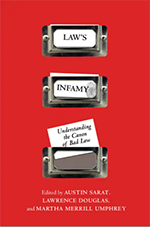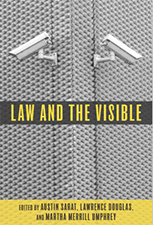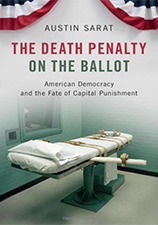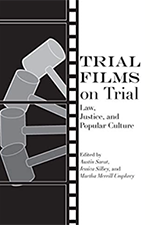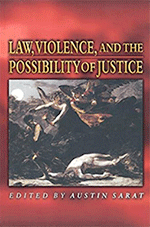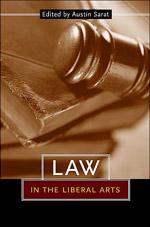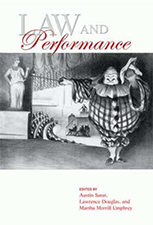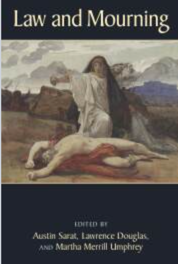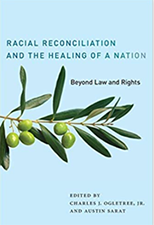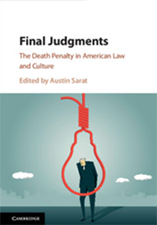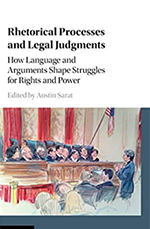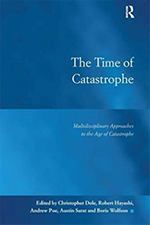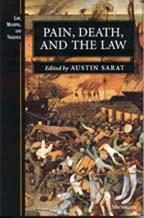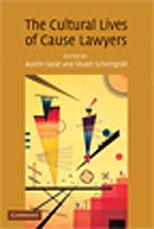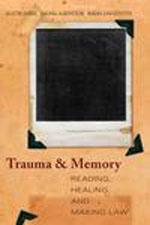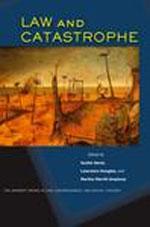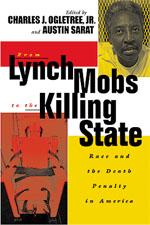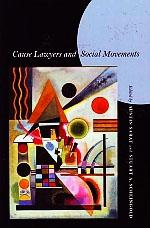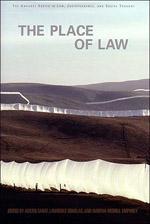
Austin Sarat
Dissent in Dangerous Times
“Dissent in Dangerous Times presents essays by six distinguished scholars, who provide their own unique views on the interplay of loyalty, patriotism, and dissent. Dissent in Dangerous Times examines the role of political opposition in our times, the nature of political repression in liberal societies, the political and legal implications of fear, and how past generations responded to similar situations. It is also a reminder of the fragility and enduring power of freedom, and will inspire readers to think about, and beyond, September 11.”
University of Michigan Press 2005

Austin Sarat
Mercy on Trial
On January 11, 2003, Illinois Governor George Ryan—a Republican on record as saying that “some crimes are so horrendous . . . that society has a right to demand the ultimate penalty”—commuted the capital sentences of all 167 prisoners on his state's death row. Critics demonized Ryan. For opponents of capital punishment, however, Ryan became an instant hero whose decision was seen as a signal moment in the "new abolitionist" politics to end killing by the state.
In this compelling and timely work, Austin Sarat provides the first book-length work on executive clemency. He turns our focus from questions of guilt and innocence to the very meaning of mercy. Starting from Ryan's controversial decision, Mercy on Trial uses the lens of executive clemency in capital cases to discuss the fraught condition of mercy in American political life. Most pointedly, Sarat argues that mercy itself is on trial. Although it has always had a problematic position as a form of “lawful ” it has come under much more intense popular pressure and criticism in recent decades. This has yielded a radical decline in the use of the power of chief executives to stop executions.
From the history of capital clemency in the twentieth century to surrounding legal controversies and philosophical debates about when (if ever) mercy should be extended, Sarat examines the issue comprehensively. In the end, he acknowledges the risks associated with mercy—but, he argues, those risks are worth taking.
Princeton University Press 2005
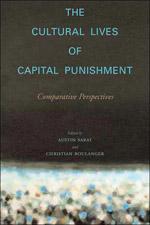
Austin Sarat and Christian Boulanger
The Cultural Lives of Capital Punishment: Comparative Perspectives
How does the way we think and feel about the world around us affect the existence and administration of the death penalty? What role does capital punishment play in defining our political and cultural identity?
After centuries during which capital punishment was a normal and self-evident part of criminal punishment, it has now taken on a life of its own in various arenas far beyond the limits of the penal sphere. In this volume, the authors argue that in order to understand the death penalty, we need to know more about the "cultural lives"—past and present—of the state's ultimate sanction.
They undertake this “cultural voyage” comparatively—examining the dynamics of the death penalty in Mexico, the United States, Poland, Kyrgyzstan, India, Israel, Palestine, Japan, China, Singapore, and South Korea—arguing that we need to look beyond the United States to see how capital punishment “lives” or “dies” in the rest of the world, how images of state killing are produced and consumed elsewhere, and how they are reflected, back and forth, in the emerging international judicial and political discourse on the penalty of death and its abolition.
Stanford University Press 2005

Austin Sarat and Stuart Scheingold
The Worlds Cause Lawyers Make
The study of cause lawyering has grown dramatically and is now an important field of research in socio-legal studies and in research on the legal profession. The Worlds Cause Lawyers Make: Structure and Agency in Legal Practice adds to that growing body of research by examining the connections between lawyers and causes, the settings in which cause lawyers practice, and the ways they marshal social capital and make strategic decisions.
Stanford University Press 2005

Edited by Austin Sarat, Lawrence Douglas, and Martha Merrill Umphrey
Law on the Screen
The proliferation of images of law, legal processes, and officials on television and in film is a phenomenon of enormous significance. Mass-mediated images are as powerful, pervasive, and important as are other early twenty-first-century social forces—e.g. globalization, neo-colonialism, and human rights—in shaping and transforming legal life. Yet scholars have only recently begun to examine how law works in this new arena and to explore the consequences of the representation of law in the moving image. Law on the Screen advances our understanding of the connection between law and film by analyzing them as narrative forms, examining film for its jurisprudential content—that is, its ways of critiquing the present legal world and imagining an alternative one—and expanding studies of the representation of law in film to include questions of reception.
Stanford University Press 2005

Edited by Austin Sarat, Lawrence Douglas, and Martha Merrill Umphrey
The Limits of Law
This collection brings together well-established scholars to examine the limits of law, a topic that has been of broad interest since the events of 9/11 and the responses of U.S. law and policy to those events. The limiting conditions explored in this volume include marking law's relationship to acts of terror, states of emergency, gestures of surrender, payments of reparations, offers of amnesty, and invocations of retroactivity. These essays explore how law is challenged, frayed, and constituted out of contact with conditions that lie at the farthest reaches of its empirical and normative force.
Stanford University Press 2005
